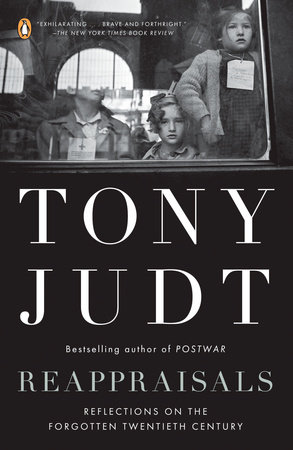

The Most Dangerous Branch
By David A. Kaplan
By David A. Kaplan
By David A. Kaplan
By David A. Kaplan
By David A. Kaplan
Read by Dan Woren
By David A. Kaplan
Read by Dan Woren

-
$18.00
Oct 08, 2019 | ISBN 9781524759919
-
Sep 04, 2018 | ISBN 9781524759926
-
Sep 04, 2018 | ISBN 9781984827104
995 Minutes
Buy the Audiobook Download:
YOU MAY ALSO LIKE

Gandhi Before India

Great Jones Street

Hamilton’s Curse

Reappraisals

A Backpack, a Bear, and Eight Crates of Vodka

The Tunnels

The World America Made

The Best Defense

Soldiers of Salamis
Praise
“Show[s] how the justices take and rule on cases that they have, in Kaplan’s view, no legitimate role in deciding, and on the basis of legal reasoning that only barely masks partisan goals. The high-profile 5-to-4 opinions Kaplan highlights are deserving targets.”—The Washington Post
“[Describes] the behind the scenes dealing that led to the appointment of the sitting Supreme Court . . . Presented at a level of granularity with which you may not be familiar. It makes for engaging, if not reassuring, reading.”—NPR
“Kaplan writes in an engaging fashion throughout this detailed book. . . . The Most Dangerous Branch couldn’t be better.”—Associated Press
“Persuasively [argues] that the court has lost its bearings . . . engaging, gossipy and often highly critical . . . [Kaplan] takes readers through a scathing tour of recent Supreme Court decisions. . . A passionately argued and credible indictment of the court.”—Publishers Weekly
“Reminiscent of The Brethren.”—The National Law Journal
“An amazing amount of reporting about conversations and politics inside the Court.”—Washington Free Beacon
“A fascinating look at the Court during one of its most important, and divisive, eras . . . a perfect primer for helping Americans understand how members of the court came to justify their excessive involvement in various controversial issues.”—The Christian Science Monitor
“David Kaplan has an inquiring mind and a lively style. He also has some incredible sources inside the Court who have helped him open a window on the inner workings of the most opaque branch of our government. At a moment when the Court’s future hangs in the balance because of the retirement of Justice Kennedy, this book is important, even urgent (and it has plenty of dish, too).”—Daniel Okrent, author of Last Call: The Rise and Fall of Prohibition
“This is a book for our times. As the Supreme Court has become a focus of elections, confirmation battles and partisan decisions, The Most Dangerous Branch tells the story, in a compelling way, of the ‘triumphalism’ of the justices, both liberal and conservative. It warns against the increasing power of what was supposed to be the least dangerous branch—nine unelected judges who allocate to themselves decision-making authority over issues that should be left to the elected branches. Read it and start worrying. Then demand change.”—Alan Dershowitz, Professor Emeritus at Harvard Law School
“David Kaplan mixes the gifts of a colorful storyteller with the incisiveness of a first-class legal brief. Read this book for an original argument on a judicial power grab and to find out why Neil Gorsuch is ‘like an eight-year-old in a counter-revolutionary candy store.’”—Jonathan Alter, author of The Center Holds: Obama and His Enemies
21 Books You’ve Been Meaning to Read
Just for joining you’ll get personalized recommendations on your dashboard daily and features only for members.
Find Out More Join Now Sign In











